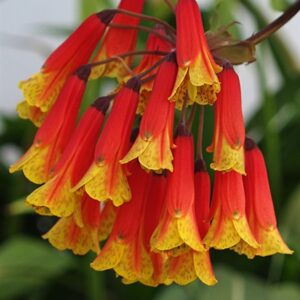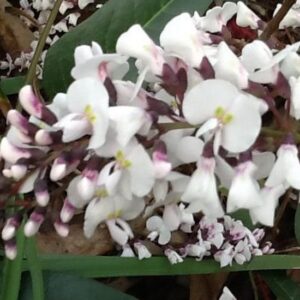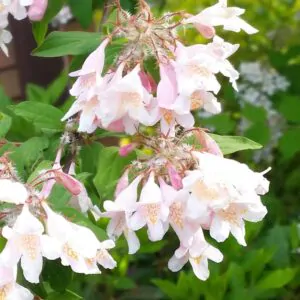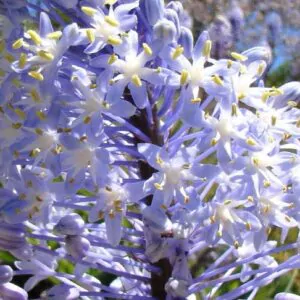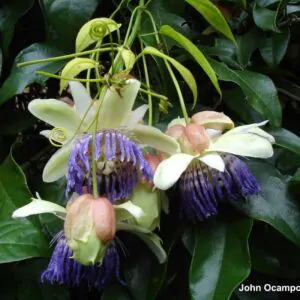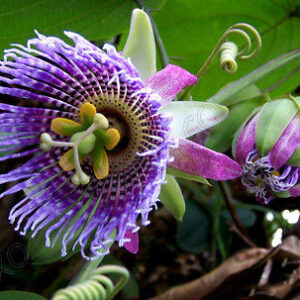$4.39
/ per pack
Choose seeds per pack:
Botanical Name: Antigonon leptopus var. pink
Common Name: Coral Vine, Queen’s Wreath,Coralita, Cadena de Amor, Bee Bush, San Miguelito Vine
Kingdom: Plantae
Clade: Tracheophytes
Clade: Angiosperms
Clade: Eudicots
Order: Caryophyllales
Family: Polygonaceae
Genus: Antigonon
Species: A. leptopus
Antigonon leptopus, commonly known as coral vine, queen’s wreath,Coralita, Cadena de Amor (in the Philippines), bee bush (in many Caribbean islands) or San Miguelito vine, is a species of flowering plant in the buckwheat family, Polygonaceae. It is a perennial that is native to Mexico. It is a vine with pink or white flowers (Antigonon leptopus ‘alba’ ).
Invasion of A.leptopus on Caribbean island St.Eustatius significantly increased arthropod abundance and caused biotic homogenization. Specifically, uninvaded arthropod communities were distinctly different in species composition between developed and natural sites, while they became undistinguishable after A.leptopus invasion. Moreover, functional variables were significantly affected by species invasion… Invaded communities had higher community?weighted mean body size and the feeding guild composition of invaded arthropod communities was characterized by the exceptional numbers of nectarivores, herbivores, and detritivores. Taxa indicated as omnivorous (e.g., ants) that seem intrinsically generalistic appear to primarily suffer from A. leptopus invasion and may be particularly sensitive to the habitat structural effects of A.leptopus. Increased coverage of A. leptopus leads to a significant decrease in the abundance of predatory lizards of the genus Anolis.
Antigonon leptopus is a fast-growing climbing vine that holds on via tendrils, and is able to reach over 7 metres in length. It has cordate (heart-shaped), sometimes triangular leaves 25 to 75 mm long. The flowers are borne in panicles, clustered along the rachis. Producing pink or white flowers from spring to autumn, it forms underground tubers and large rootstocks. It is a prolific seed producer. The seeds float on water. The fruit and seeds are eaten and spread by a wide range of animals such as pigs, racoons and birds. The tubers will resprout if the plant is cut back or damaged by frost.
| Weight | N/A |
|---|
